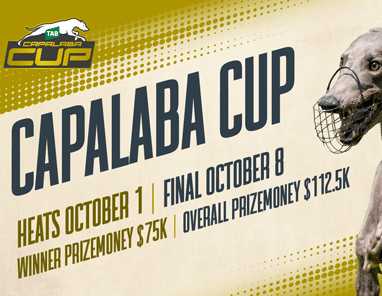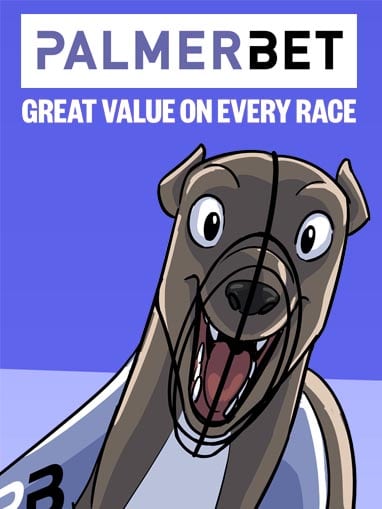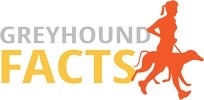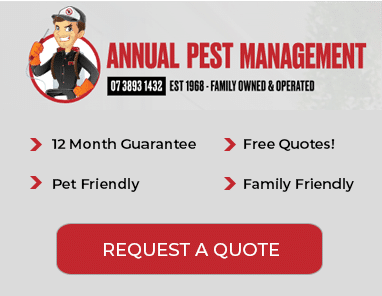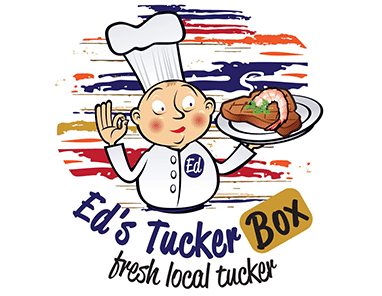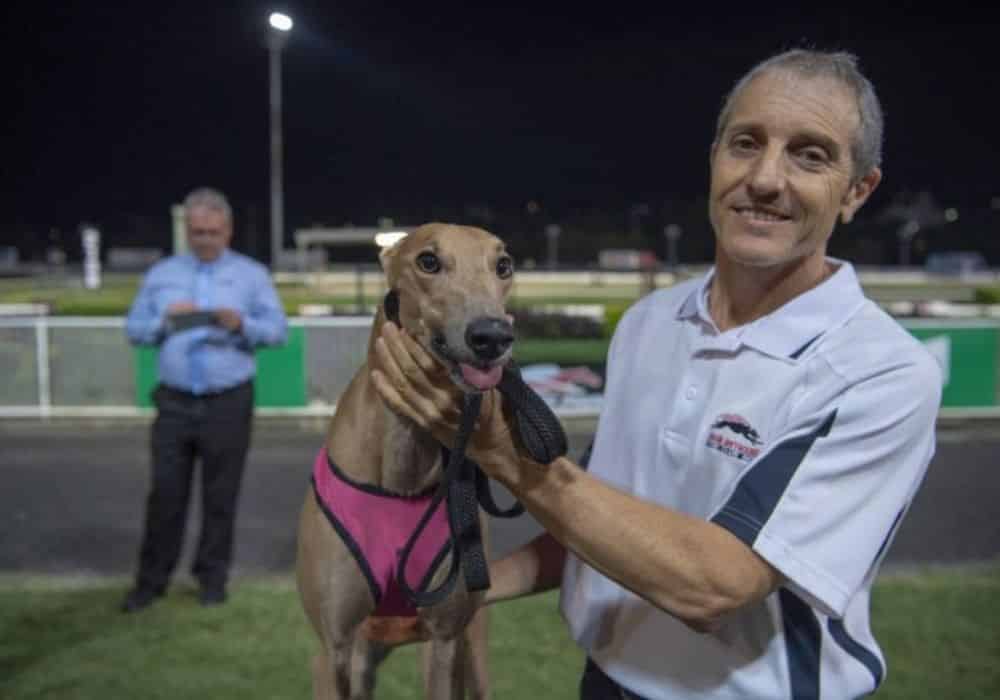
By GREG STELLA
MY introduction into greyhound racing came when I was a young boy.
My father Joe had a small team of dogs, usually about two or three, three or four, under our house.
So, I learned the basic skills of handling, preparing and maintaining a greyhound from the time I was about 12 or 14.
My memories of those days are of bathing dogs and helping dad with the trialling.
I helped out, firstly because I had to, but it didn’t take me long to really want to be around greyhounds and get my own.
That happened when I was about 15. Graham Beh, who is still checking over my team of dogs all these years later, had bred a litter and offered us a pup.
I remember it was by Mister Oollee from a bitch called Panrig. My dad, brother Jeff, and I shared in her ownership and she raced as Dollarmite Girl and won four races at Beenleigh.
It was a great thrill and I have been in greyhound racing ever since.
My wife Michelle and I have had success and consequently I get a lot of people asking me to help out with their training and give them some guidance.
So, when Chase newspaper asked me to write this article, I was happy to give some insight into how I would approach getting into greyhound racing.
It is my suggestion that, if you are keen to become a hands-on trainer for the first time, go looking for a ready-made race dog.
It is always better off starting with a performed dog. Make sure it does not have a history of injury problems. You don’t want to start off with a headache.
It is my suggestion too that you look initially for a short course dog, one that does not need a lot of training, but can be competitive in fifth grade races.
This type of dog, as long as it is bought at a reasonable price, will give you some excitement, possible wins, and all the time giving valuable learning experiences to use for later on when you decide to go looking for a better quality dog.
Now, once a dog turns three and a half, it is eligible for Masters races and these can be valuable in keeping your dog competitive and earning prizemoney.
My next suggestion is to build a good association with a greyhound vet.
First, a qualified greyhound vet is valuable in helping keep your dog sound and on the racetrack, but you can also start to learn the physical examination skills needed, and how to treat any injuries the dog may have.
I would also strongly suggest any newcomer into greyhound racing go searching for the book ‘Care of the Racing and Retired Greyhound’.
I have my copy and I refer to it regularly.
It can be sourced via the Sandown Vet Clinic in Melbourne.
The book was jointly written by Linda Blythe, Jim Gannon, Morrie Craig and Des Fegan and was updated about 10 years ago.
The book is invaluable and covers just about any and every topic imaginable.
It can also be very valuable for a newcomer to greyhound racing to find an experienced trainer who would be willing to let you help out with their dogs and learn the skills of every day handling of dogs, like feeding and training them.
Never hesitate to ask trainers questions as the majority are always willing to pass on advice and knowledge.
Once a newcomer has picked up this valuable grounding in the sport and has gained confidence in training and caring for a greyhound, the time comes to maybe look to the purchase of a pup or two.
I would suggest it be bought at about four months of age, and then, importantly, be reared professionally. It should be educated about 15 months.
After breaking in, you can then start preparing your dog for its future racing career which normally starts at about 20 months of age.
There are many pieces of advice newcomers need to receive.
One is that there are no short cuts to greyhound training. It is an every day job.
It becomes all worthwhile when you get to see your dog race well and can be very rewarding especially if they happen to win a special race.
Often, likely greyhound training candidates will be sitting at home watching racing on Sky Channel and they think to themselves ‘I wouldn’t mind having a go at that’.
Many are pointed to the Greyhound Data website where tried dogs, and pups, are often advertised for sale.
I recommend they buy that short course dog because accessing a Thursday night Albion Park performer will be very costly and difficult to buy. AND, it would be a disaster for a newcomer to pay big money for such a dog, then not achieve the results desired.
I have a few rules for newcomers buying puppies.
I recommend they buy pups by only proven sires. There is a big pool of pups for sale and proven stud dogs help put the percentages into your favour. You MUST get the percentages in your favour.
I feel there are a few things newcomers do wrong. They often want to break in young dogs far too early. I believe 14 months is the ideal age for this important process to be started.
I have read in ‘The Care of the Racing and Retired Greyhound’ that all growth plates in the dog have sealed over by this age.
And, yes, I have varied my methods over the years. Feeding is one such topic.
I find feeding the greyhound has become easier with better quality complete dry feeds. I don’t use anywhere near the additives I did years ago, and have been able to cut down the meat portion.
Today’s dry feeds are higher in protein and fat content. I feed a male greyhound about 400gm of beef and 200gm of complete dry food.
Yes, I get a lot of people coming to me asking to advice on training greyhounds.
I, like everyone else in the industry, am only too happy to help. I believe the problem most face is that they do not show enough patience. They are a little bit too keen to get dogs onto the racetrack.
Give them a bit more experience. It will pay off in the long run.



